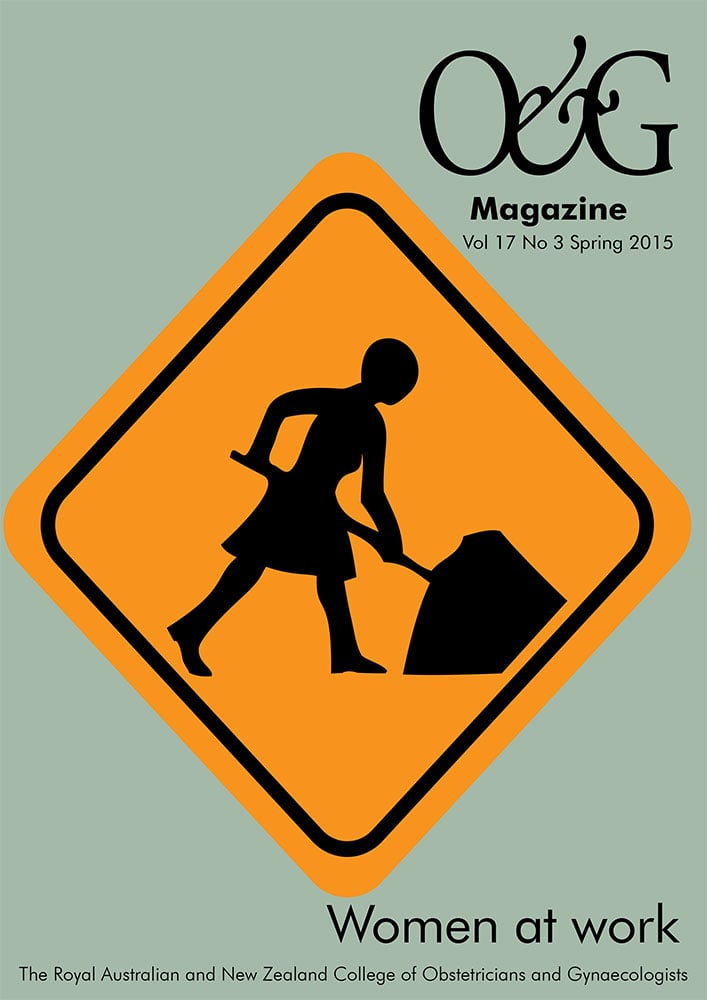In Sex at Dawn1, psychiatrist Cacilda Jethá and her husband Chris Ryan quote Steven Goldberg – for many years Chair of Sociology at the City College of New York2:
Patriarchy is universal […] There is not, nor has there ever been, any society that even remotely failed to associate authority and leadership in suprafamilial areas with the male. There are no borderline cases.
Jethá and Ryan quickly proceed to pick holes in Goldberg’s statement, quoting anthropologist Peggy Reeves Sanday.3 Prof Sanday spent many years living with the Minangkabau peoples in the highlands of Sumatra. The Minangkabau are noted for their strong interest in education and the Minang diaspora have become successful reforming politicians, journalists, writers and business people. The Minangkabau are also a true matriarchal society. Prof Sanday points out: ‘Males and females relate more like partners for the common good than like competitors ruled by egocentric self-interest…[and] women’s prestige increases with age and accrues to those who promote good relations.’
I have to say matriarchal societies sound great, if this description is anything to go by. Jethá and Ryan note: ‘Societies in which women have lots of autonomy and authority tend to be decidedly male-friendly, relaxed, and tolerant…[and] tend to be far more comfortable places for most men than societies ruled by a male elite.’
The great majority of our Trainees are women and if the above anthropological observations provide any guidance, perhaps a golden age may be upon us. Certainly, the era of ageing male specialists working in grinding solo practice – something I’ve been doing for many years – will become a memory. Surveys tell us that women are likely to work smarter than ailing dinosaurs like me. You will note that I have studiously avoided the phrase ‘feminisation of the workforce’. As Brisbane-based emergency physician Dr Alex Markwell has written:
There is one phrase that makes me cringe more than any other: ‘the feminisation of the medical workforce’. Why do we use a term that describes the development of secondary female sex characteristics to describe the increased proportion of women in the medical workforce? Surely a better term is one that doesn’t evoke a shudder or fear: the ‘normalisation’ of the medical workforce.
Does this represent a hostile invasion of medicine by women? Hardly…Monash University social scientist Dr Jo Wainer describes the different intrinsic knowledge that women and men have. Women bring intuition, empathy and instinct – all valued skills in medicine. Of course these characteristics can be learnt by men, but they need role models and these qualities must be valued.4
According to Auckland-based general physician Phillippa Poole5:
The feminisation of the medical workforce should be a solution, not a problem… Most women will have children and this will overlap with the training years. Flexible workplaces and good career re-entry will keep women in the workforce. Women also need support to lead because they are under-represented in national medical leadership and academia. Research has shown more doctors will be required to make up for the fact women work fewer hours, and there will be fewer people willing to work rurally.
Recent recipient of the RANZCOG Presidential Medal, Prof Caroline de Costa, pointed out in her acceptance speech there aren’t too many female names on the College Honour Boards. That’s true, but it is something that will surely change soon. In this issue of O&G Magazine, our team has put together stories of women at work. My own special interest is the health and wellbeing of women at disadvantage and you will find stories about migrant women and from women working in the Pacific.
Spring is the season of growth and renewal and we can’t think of a better time to celebrate the achievements, and to examine the challenges, of women at work. As always, a big thank you to all of our contributors. If you have any stories or comments, the team at O&G Magazine would very much like to hear from you. In the meantime, I’ll let you ponder something more from Jethá and Ryan6:
Maybe matriarchal societies are so difficult for Western male anthropologists to recognise because they expect a culture where men are suffering under the high heels of women… Instead, observing a society where most of the men are lounging about relaxed and happy, they conclude they found yet another patriarchy, thereby missing the point entirely.
Happy reading!
References
- Ryan C, Jethá C. Sex at dawn: The prehistoric origins of modern sexuality. London, Scribe Publications, 2010.
- Goldberg S. Why men rule: A theory of male dominance. Chicago, Open Court Publishing, 1993.
- Sanday P. Women at the center: Life in a modern matriarchy. New York, Cornell University Press. 2002.
- Markwell A. More than a woman. Australian Doctor. 26 September, 2011.
- Marriner K. Feminisation a workforce solution, not a problem. New Zealand Doctor. 20 June, 2012.
- Ryan C, Jethá C. Sex at dawn: The prehistoric origins of modern sexuality. London, Scribe Publications, 2010.






Leave a Reply